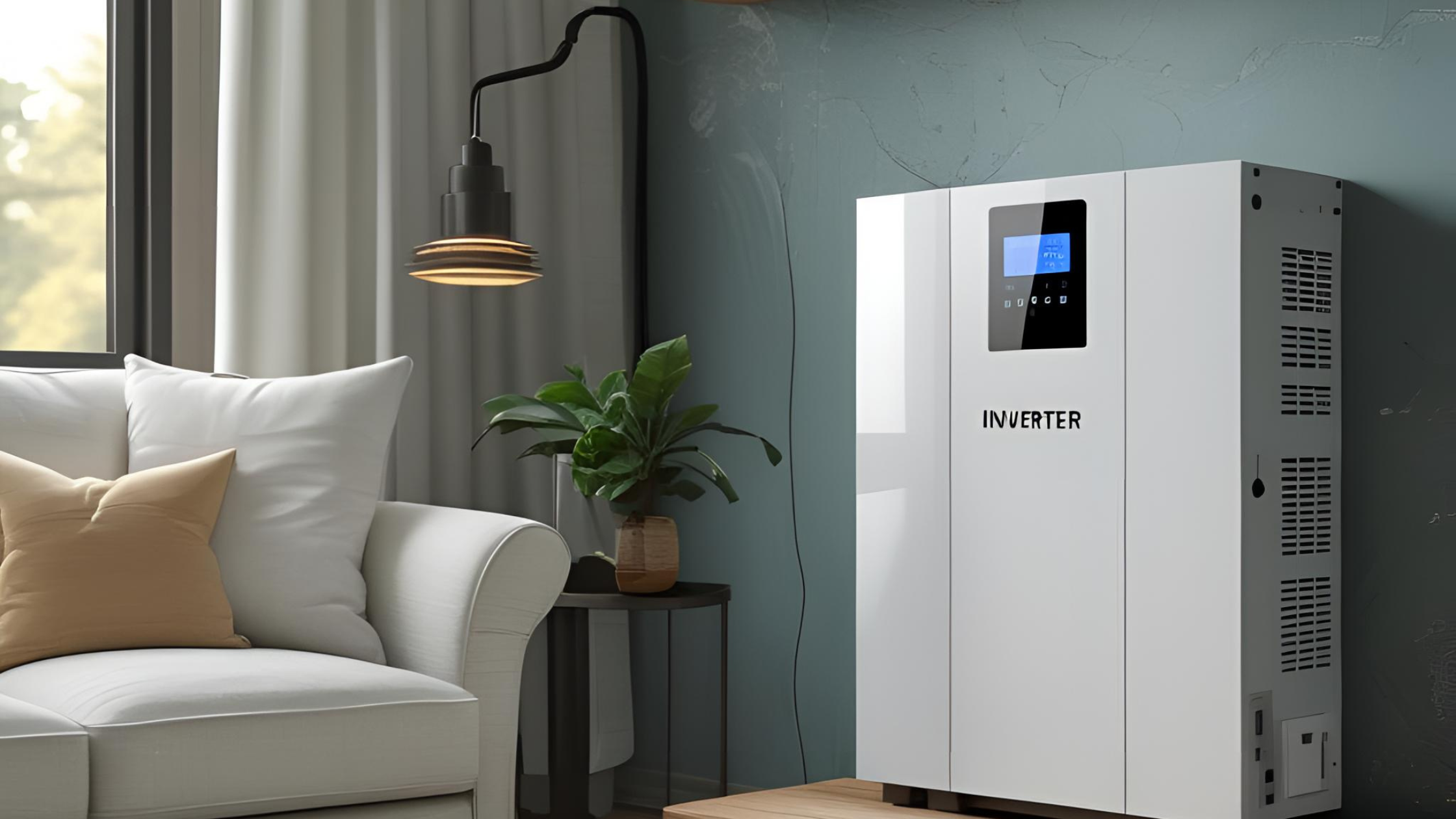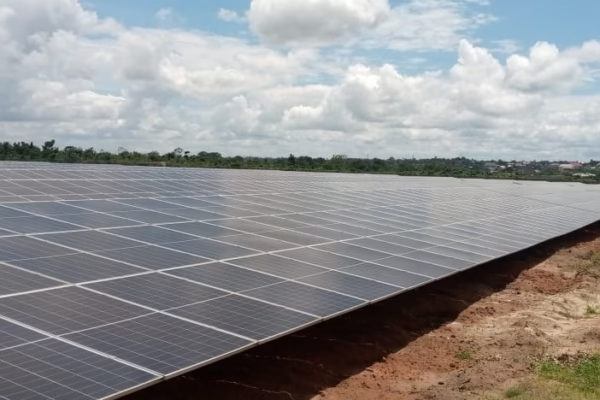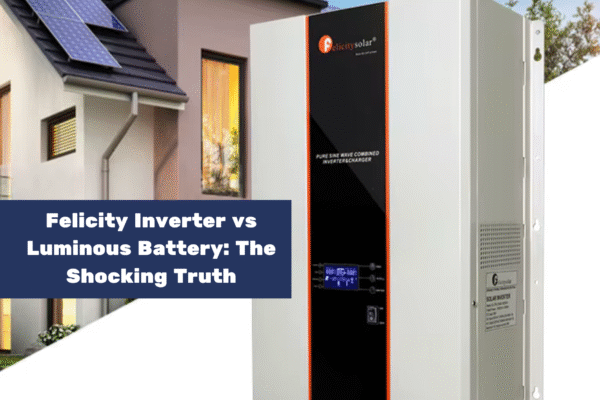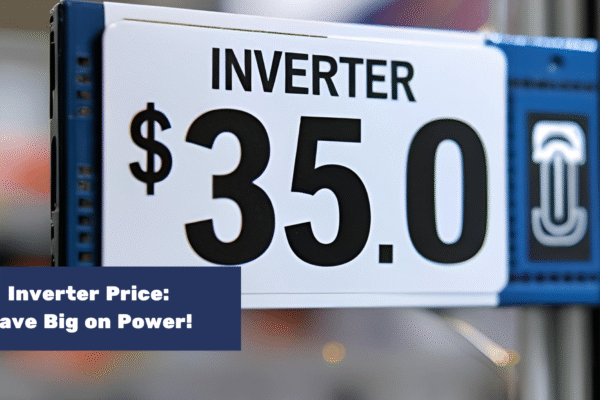Thinking about solar power but worried about picking the wrong inverter? A bad choice can drain your wallet and slash your system’s efficiency. This inverter buying guide reveals common mistakes and shares practical tips to save you money. You’ll learn how to choose the right inverter, avoid hidden costs, and maximize your solar investment. Curious about what could go wrong? Let’s dive in and steer you clear of expensive errors.
Why Your Inverter Choice Matters
An inverter converts solar panel energy into usable electricity for your home. It’s the heart of your solar system. A poor-quality or mismatched inverter can cut energy output by 20%, costing you hundreds yearly, per the National Renewable Energy Laboratory. This guide covers key mistakes to avoid when buying an inverter. Ready to make a smart purchase? Keep reading.
Mistake 1: Ignoring Inverter Type
Not all inverters work for every solar setup. Choosing the wrong type can lead to inefficiency or system failure.
- String inverters: Best for unshaded roofs with uniform panel orientation. They cost $1,000-$2,000 but struggle with partial shade.
- Microinverters: Ideal for complex roofs with shade or multiple angles. They cost $150-$300 per panel but boost output by 5-15%.
- Hybrid inverters: Support battery storage for off-grid or backup power. Expect to pay $2,000-$4,000.
A California homeowner bought a string inverter for a shaded roof and lost 25% of their energy output, costing $300 yearly. They switched to microinverters and recouped losses in two years. Does your roof have shade? Pick an inverter that matches your setup.
Mistake 2: Skimping on Quality
Low-cost inverters seem tempting, but they often fail early. Quality inverters last 10-15 years, while cheap ones may die in 5.
- Check warranties: Reputable brands like Enphase or SolarEdge offer 10-25-year warranties. Budget brands may only cover 5 years.
- Read reviews: EnergySage reports that 90% of homeowners with premium inverters avoid repairs in the first decade.
- Invest upfront: A $1,500 inverter saves $500-$1,000 in repairs over a $800 model with frequent issues.
A Texas family bought a $700 no-name inverter. It failed after three years, costing $1,200 to replace. A $1,200 Enphase model would’ve lasted 12 years. Are you prioritizing price over durability? Quality pays off long-term.
Mistake 3: Mismatching Inverter and Panel Capacity
Your inverter must handle your solar panels’ output. An undersized or oversized inverter wastes energy.
- Match wattage: If your panels produce 6 kW, choose an inverter rated for 5.5-6.5 kW. Undersized inverters clip energy, losing 10-20% of production.
- Plan for expansion: If you add panels later, an undersized inverter won’t cope. Hybrid inverters allow future upgrades.
- Check efficiency ratings: Look for 95%+ efficiency. A 90% efficient inverter loses 5% more energy than a 95% one.
A Florida homeowner paired a 4 kW inverter with 6 kW panels, losing $200 yearly from clipped energy. Upgrading to a 6 kW inverter cost $1,500 but saved $250 annually. What’s your system size? Size your inverter right to avoid losses.
Mistake 4: Overlooking Battery Compatibility
If you want battery storage now or later, your inverter must support it. Not all do.
- Choose hybrid inverters: These work with batteries like the Tesla Powerwall, costing $2,500-$4,000 but enabling backup power.
- Avoid retrofitting: Adding a battery to a non-compatible inverter requires a second inverter, doubling costs ($1,000-$2,000).
- Plan for peak usage: Batteries save money during high-rate hours. A 2024 SEIA report shows battery users cut peak costs by 30%.
An Arizona couple installed a string inverter without battery support. Adding a Powerwall later cost $3,000 extra for a compatible inverter. Do you want backup power? Pick a hybrid inverter to save future hassle.
Mistake 5: Ignoring Local Climate
Your inverter faces weather challenges. Extreme heat, cold, or humidity can shorten its lifespan.
- Check temperature ratings: Inverters perform best at 0-104°F. In hot climates like Nevada, choose models rated for 120°F+.
- Ensure weatherproofing: Look for IP65 or higher ratings for dust and water resistance, per EnergySage recommendations.
- Ventilate placement: Install inverters in shaded, airy spots to prevent overheating, which cuts efficiency by 10%.
A Nevada homeowner placed their inverter in direct sun. It overheated, reducing output by 15% and failing in 6 years. Relocating it to a garage cost $500 but restored performance. Where will your inverter go? Climate matters.
Mistake 6: Skipping Professional Installation
DIY inverter installation seems cost-effective but risks safety and performance. Professional installers ensure compliance and efficiency.
- Hire certified installers: NABCEP-certified pros follow local codes, avoiding $1,000-$2,000 in fines for improper setups.
- Avoid warranty voids: Many manufacturers void warranties if non-professionals install inverters, per SolarEdge guidelines.
- Get permits: Professionals handle permits ($200-$500), ensuring your system passes inspections.
A Colorado DIYer installed their inverter incorrectly, voiding the warranty. Repairs cost $1,800. A $1,000 professional job would’ve saved money. Are you tempted to DIY? Hire a pro to protect your investment.
Mistake 7: Forgetting Maintenance Needs
Inverters aren’t set-and-forget. Neglecting maintenance leads to early failures and costly repairs.
- Monitor performance: Most inverters include apps to track output. A 5% drop signals issues, per the Department of Energy.
- Clean regularly: Dust or debris can overheat inverters, cutting lifespan by 20%. Clean vents yearly with a soft brush.
- Schedule inspections: Annual checks ($100-$200) catch problems early, saving $500-$1,000 in repairs.
A Georgia homeowner ignored their inverter’s app alerts. A minor fault became a $1,200 repair. Regular checks would’ve cost $150. Do you have a maintenance plan? Stay proactive to save money.
Mistake 8: Not Comparing Quotes
Inverter prices vary widely. Skipping comparisons can cost you thousands.
- Get three quotes: EnergySage data shows comparing installers saves 10-20% on inverter costs.
- Check inclusions: Some quotes bundle permits or monitoring apps, saving $200-$500.
- Research brands: Enphase, SolarEdge, and SMA lead in reliability, per 2024 SEIA reviews. Compare their prices locally.
A New York family accepted the first $2,500 inverter quote. Later, they found a $1,800 deal for the same model. Comparing quotes would’ve saved $700. Have you shopped around? Don’t overpay.
Take Control of Your Inverter Purchase
Buying an inverter doesn’t have to be a gamble. Avoid these mistakes to save money and boost your solar system’s performance. Start by assessing your roof, energy needs, and climate. Get quotes from trusted installers and prioritize quality over cheap deals. Each choice you make now saves hundreds over your system’s life. What’s your next step? Pick the right inverter and start saving today.




